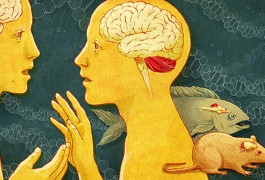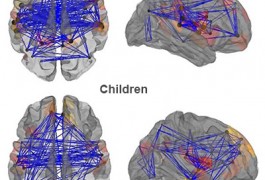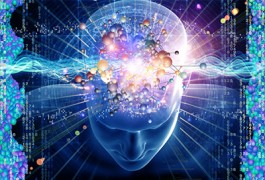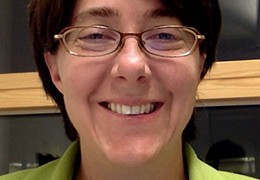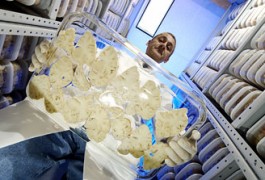Researchers unveil fetal brain map, mouse ‘connectome’
Two new maps of the brain — an atlas of fetal development and a wiring diagram in the mouse — debuted 2 April in Nature. The maps may open new avenues of investigation into the genetic and neurological basis of autism.

